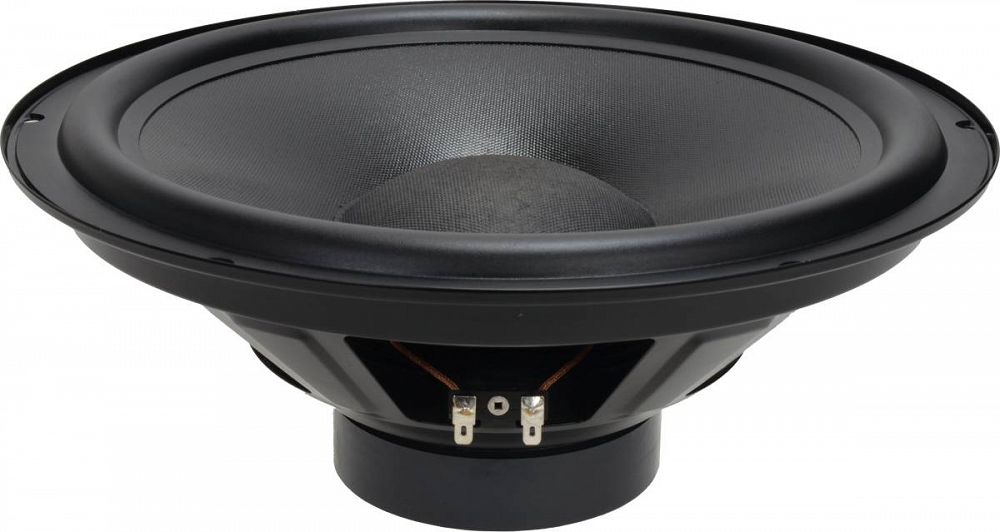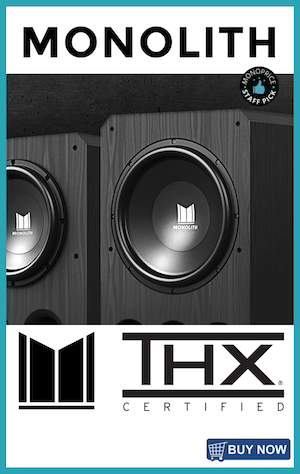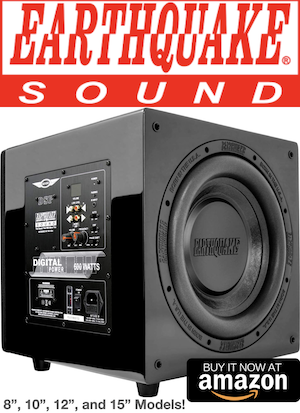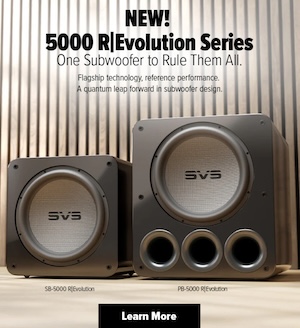Since I'm going to renovate, I want to go big. Maybe even six subwoofers. I realized it's fairly affordable to simply order pre-cut MDF panels if it's just a cube. All I need are proper speakers to go into the enclosures.
And here's the thing: As much as those Dayton Ultimax speakers are enticing, I don't think I want to spend that much, at least not from the get go. If anything, maybe I'll decide on the size first and upgrade to Dayton later on as funds allow, buying a couple every year or two.
So I have a couple of questions regarding how to best approach equipping the room, especially with regards to subwoofers.
The room is 4.25 m (14') wide, 9.2 m (30') long and 2.45 m (8') tall. 39 m² (420 sq.ft.) surface area, 95.7 m³ (3383 cu.ft.) volume. Well outside of Bolt-area, I'm afraid. In the future, the room may get smaller if I decide to renovate and add a room for work from home.
At this time, however, roughly one half of the room will be for TV/theater and will have a 5.x.4 configuration. Hard to place extra two speakers for 7.x.4 since one would go into a doorway, and the other in front of a window door.
The other half of the room will be dining area.
I want sealed subwoofers. I'm big on music, less so on movies. I know ported subwoofers are great for using less power, but they won't go as low in a room that small, and another reason is that cycle delay in a ported subwoofer is fairly great (like 20 cycles vs. 6-7 in a sealed sub). If I understand that correct, it's half a second delay for 40 Hz, so it really seems like a lot. I'm happy to be proven wrong.
1. I was thinking of four 15" subwoofers, now I'm thinking of six 12" or six 15". Sure, bigger is better, fell free to tell me to get eight 18" subwoofers, but I hope you won't and you can tell me what the reasonable maximum is.
2. Based on T-S parameters, there's an optimum box size for a speaker. Is that optimum size the smallest one needed, or is it optimum and one shouldn't go up or down? Suppose I build a box for a 12" speaker but size it for a 15" one. Will that work if I decide to upgrade to 15" in the future?
3. What about dual-opposed speaker configurations? Do they make sense in DIY subwoofers to take advantage of force canceling, or is it better to go for a larger subwoofer speaker in the first place? If building a dual-opposed subwoofer, do I simlpy take the recommended box size and double the volume?
4. Suppose I get six subwoofers. How do I place them in the room? For four, I was thinking two on the front wall, two in the surround speaker position. For six, what if I add them on the far wall?
Sounds reasonable, but what happens when I want to listen to music in the dining area? Much of it plays from afar, but the subwoofers in the dining area would be much closer. To compensate, the front speakers would have a delay of roughly 22 milliseconds compared to rear subwoofers. When a sound starts, the rear subwoofers play first, 5 milliseconds later the sound reaches people in the dining area, front speakers (and subs) begin playing another 17 ms later, and sound from them reaches the listeners in the dining area after 22 ms, for a total delay of almost 40 ms. Seems like a lot. Am I overthinking this?
5. If I get six subwoofers, is there a mini DSP that has 6 or 8 outputs and won't break the bank, or should I simply get two miniDSP 2x4?
And here's the thing: As much as those Dayton Ultimax speakers are enticing, I don't think I want to spend that much, at least not from the get go. If anything, maybe I'll decide on the size first and upgrade to Dayton later on as funds allow, buying a couple every year or two.
So I have a couple of questions regarding how to best approach equipping the room, especially with regards to subwoofers.
The room is 4.25 m (14') wide, 9.2 m (30') long and 2.45 m (8') tall. 39 m² (420 sq.ft.) surface area, 95.7 m³ (3383 cu.ft.) volume. Well outside of Bolt-area, I'm afraid. In the future, the room may get smaller if I decide to renovate and add a room for work from home.
At this time, however, roughly one half of the room will be for TV/theater and will have a 5.x.4 configuration. Hard to place extra two speakers for 7.x.4 since one would go into a doorway, and the other in front of a window door.
The other half of the room will be dining area.
I want sealed subwoofers. I'm big on music, less so on movies. I know ported subwoofers are great for using less power, but they won't go as low in a room that small, and another reason is that cycle delay in a ported subwoofer is fairly great (like 20 cycles vs. 6-7 in a sealed sub). If I understand that correct, it's half a second delay for 40 Hz, so it really seems like a lot. I'm happy to be proven wrong.
1. I was thinking of four 15" subwoofers, now I'm thinking of six 12" or six 15". Sure, bigger is better, fell free to tell me to get eight 18" subwoofers, but I hope you won't and you can tell me what the reasonable maximum is.
2. Based on T-S parameters, there's an optimum box size for a speaker. Is that optimum size the smallest one needed, or is it optimum and one shouldn't go up or down? Suppose I build a box for a 12" speaker but size it for a 15" one. Will that work if I decide to upgrade to 15" in the future?
3. What about dual-opposed speaker configurations? Do they make sense in DIY subwoofers to take advantage of force canceling, or is it better to go for a larger subwoofer speaker in the first place? If building a dual-opposed subwoofer, do I simlpy take the recommended box size and double the volume?
4. Suppose I get six subwoofers. How do I place them in the room? For four, I was thinking two on the front wall, two in the surround speaker position. For six, what if I add them on the far wall?
Sounds reasonable, but what happens when I want to listen to music in the dining area? Much of it plays from afar, but the subwoofers in the dining area would be much closer. To compensate, the front speakers would have a delay of roughly 22 milliseconds compared to rear subwoofers. When a sound starts, the rear subwoofers play first, 5 milliseconds later the sound reaches people in the dining area, front speakers (and subs) begin playing another 17 ms later, and sound from them reaches the listeners in the dining area after 22 ms, for a total delay of almost 40 ms. Seems like a lot. Am I overthinking this?
5. If I get six subwoofers, is there a mini DSP that has 6 or 8 outputs and won't break the bank, or should I simply get two miniDSP 2x4?













